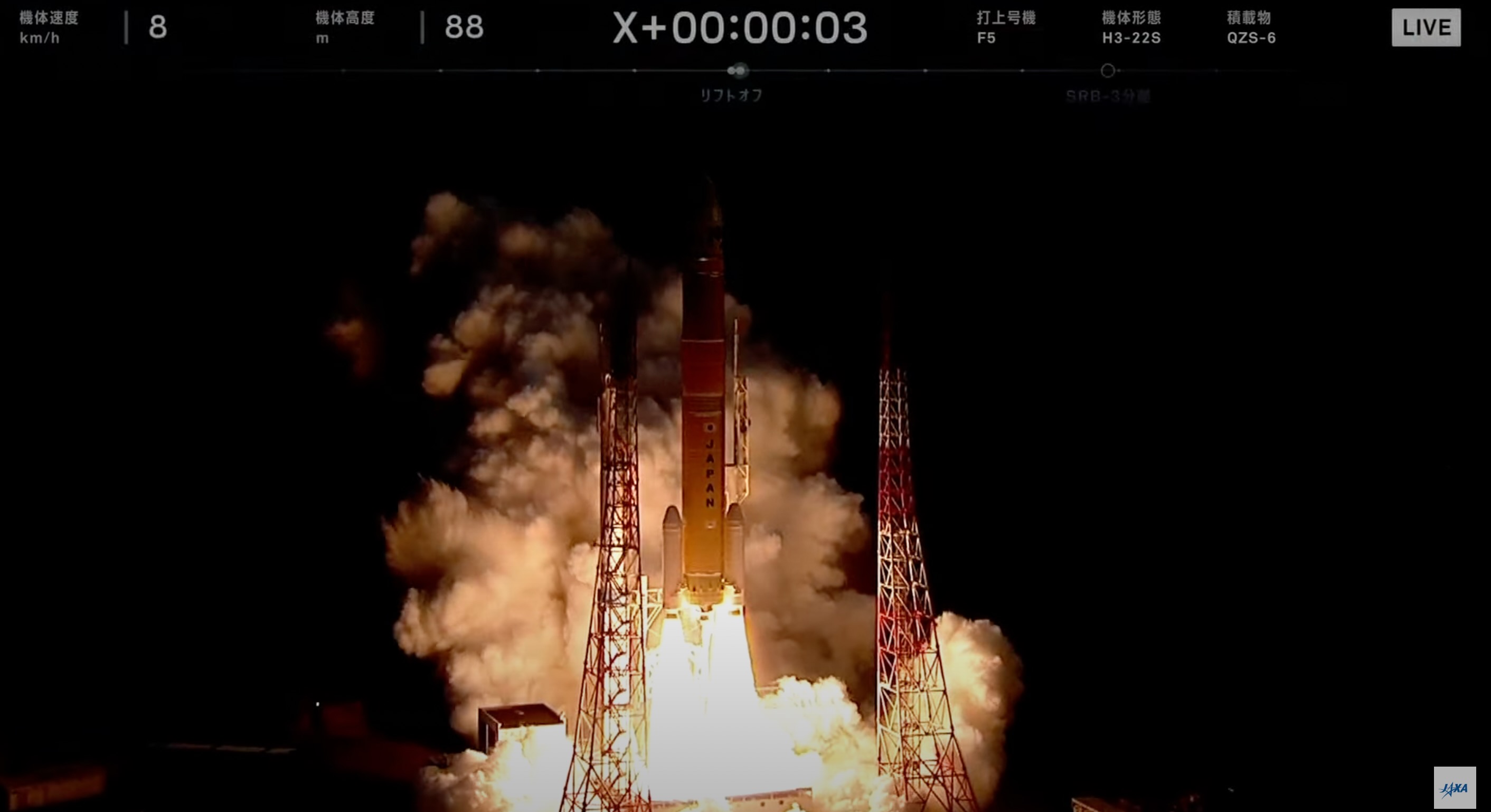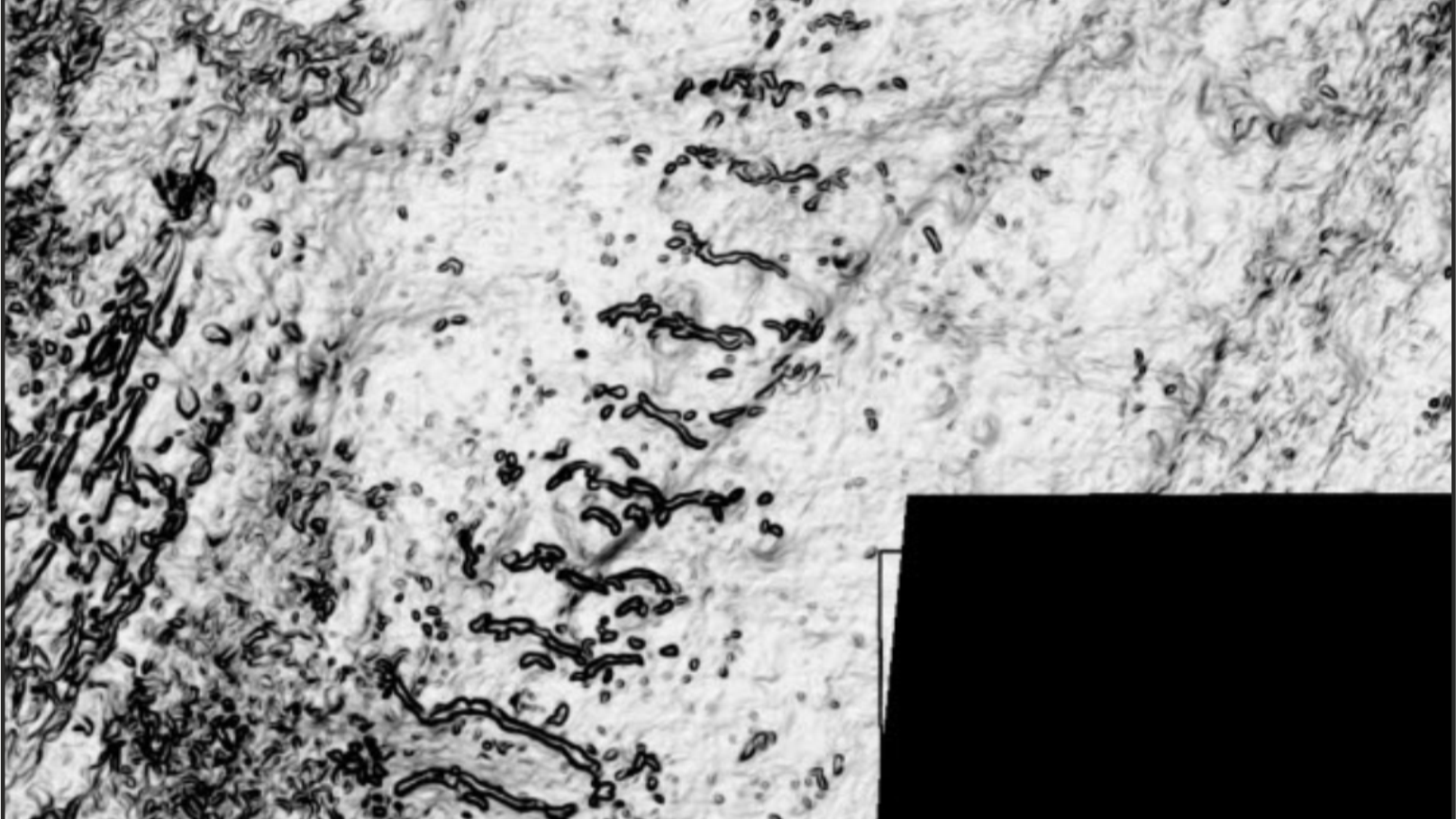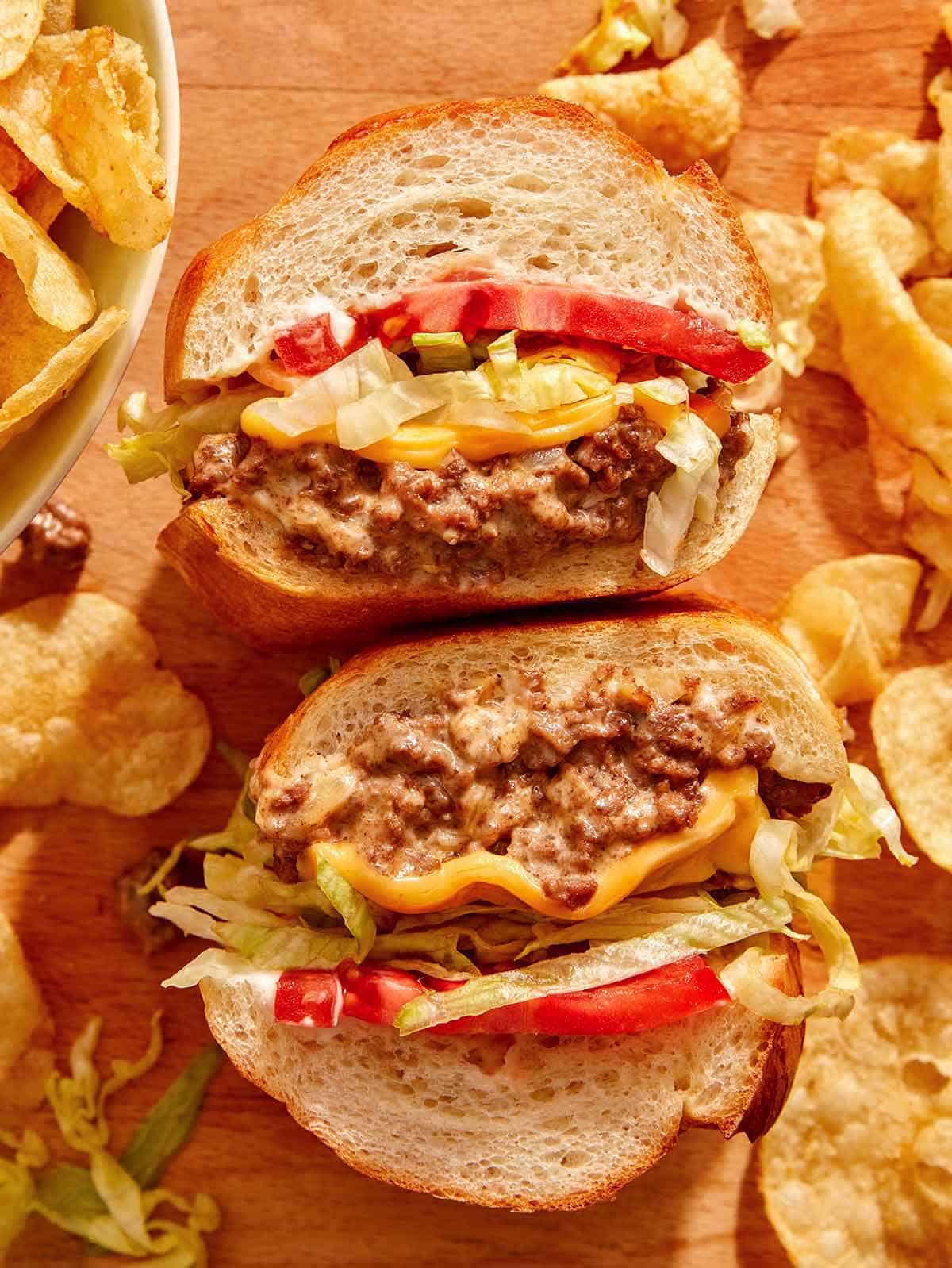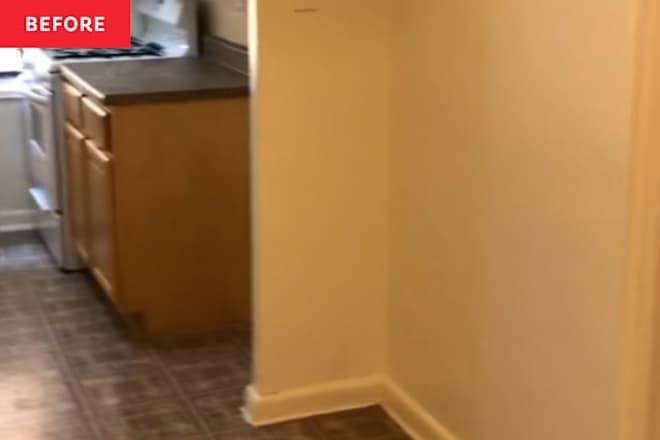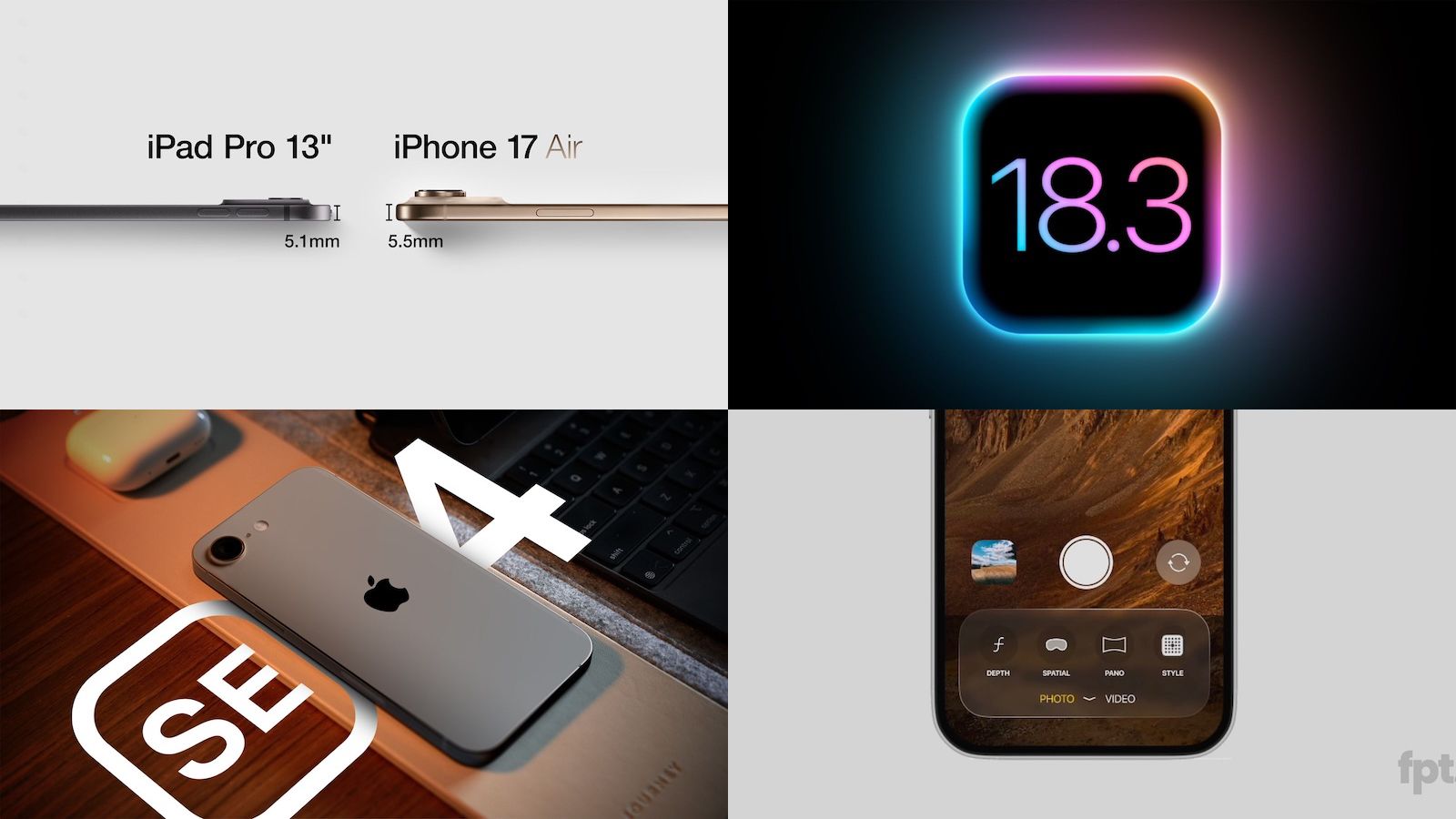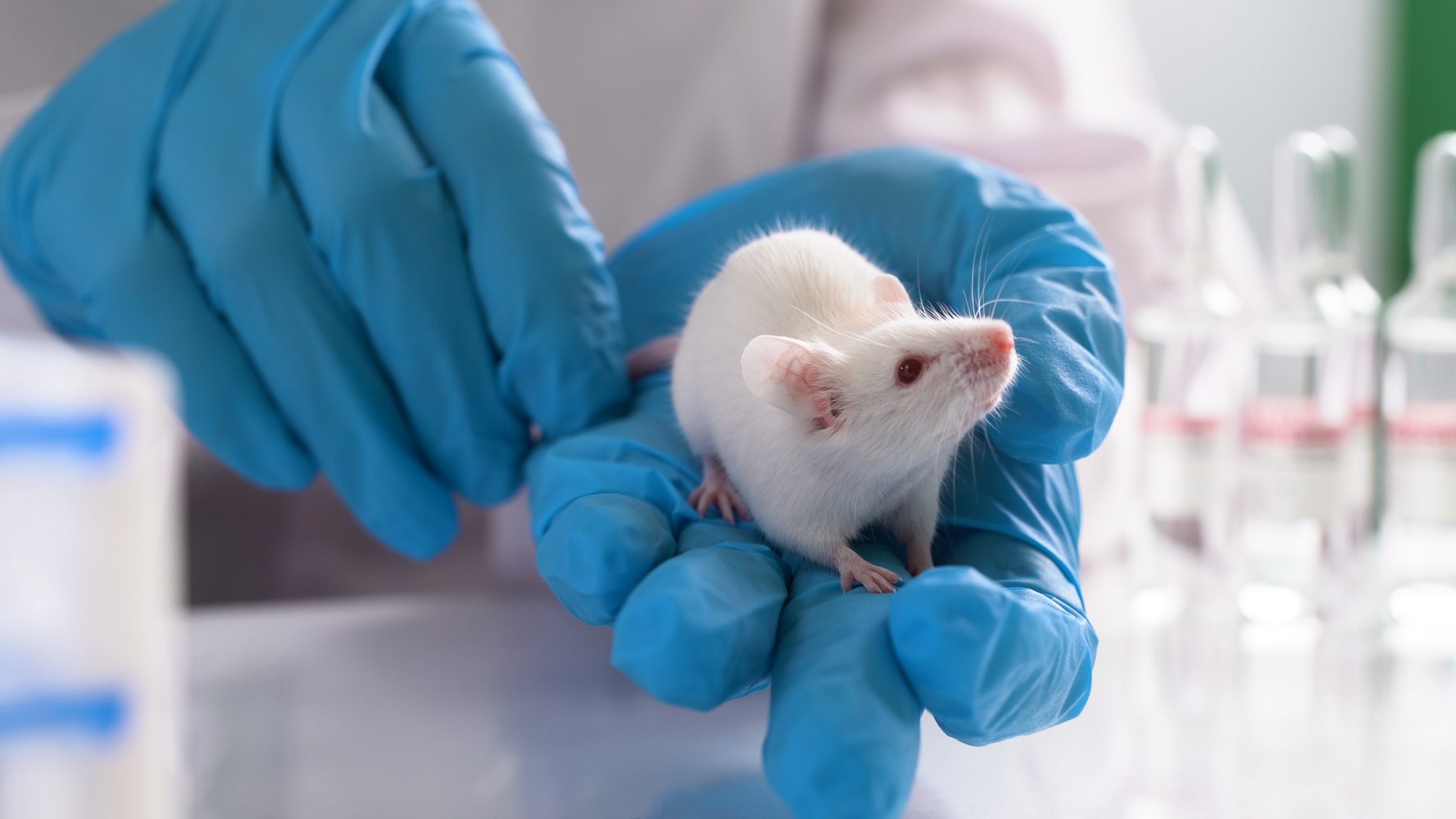Comparing Adhesives for Gluing PETG Prints
PETG is a pretty great material to print 3D models with, but one issue with it is that gluing it can be a bit of a pain. In a recent …read more
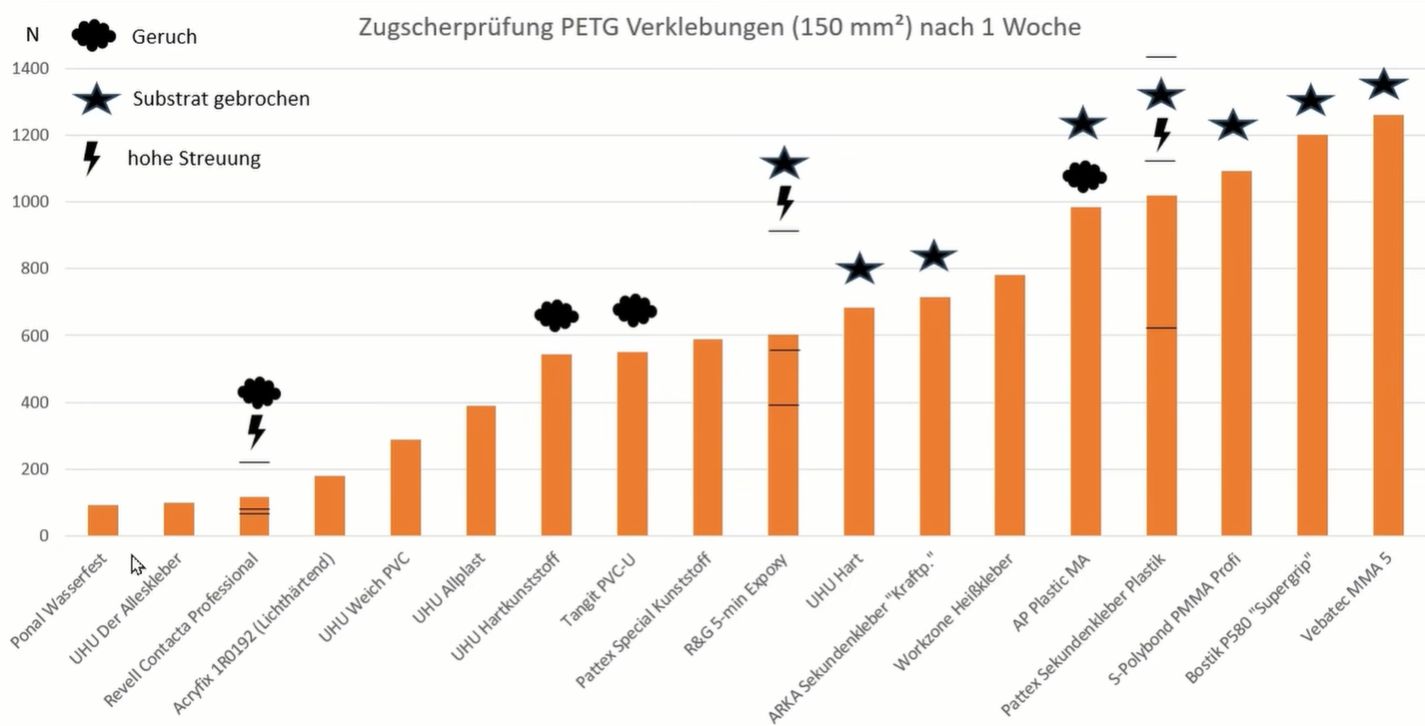
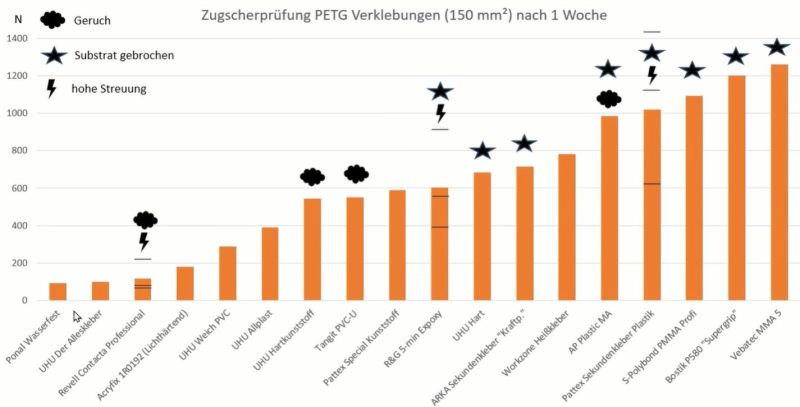
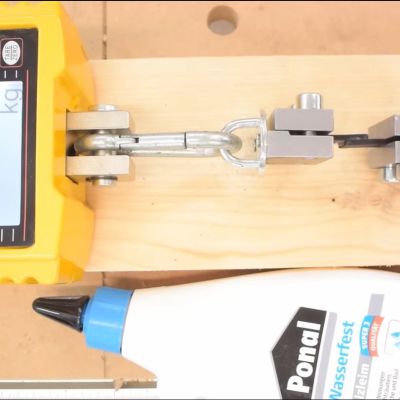
PETG is a pretty great material to print 3D models with, but one issue with it is that gluing it can be a bit of a pain. In a recent video by [Cosel] (German language, with English auto-dub) he notes that he found that with many adhesives the adhesion between PETG parts would tend to fail over time, so he set out to do a large test with just about any adhesive he could get his hands on. This included everything from epoxy to wood glue and various adhesives for plastics
For the test, two flat surfaces were printed in PETG for each test, glued together and allowed to fully dry over multiple days. After about a week each sample was put into a rig that tried to pull the two surfaces apart while measuring the force required to do so.
With e.g. two-part epoxy and super glue the parts would break rather than the glue layer, while with others the glue layer would give way first. All of these results are noted in the above graphic that has the force listed in Newton. The special notes and symbols stand for strong smell (‘Geruch’), the PETG itself breaking (‘Substrat gebrochen’) and high variability (‘hohe Streuung’) between the multiple samples tested per adhesive.
Interesting is that multiple superglues (‘Sekundenkleber’) show different results, while MMA (Methyl Methacrylate) and similar score the highest. The Bostik P580 is a polyurethane construction adhesive, usually used for gluing just about anything to anything in interior and exterior applications, so perhaps its high score isn’t so surprising. Trailing at the end are the wood glue in last place, with the UHU general adhesive also scoring rather poorly.
Clearly there are many options for gluing PETG parts, but some are definitely more sturdy than others.
Thanks to [Risu no Kairu] for the tip.


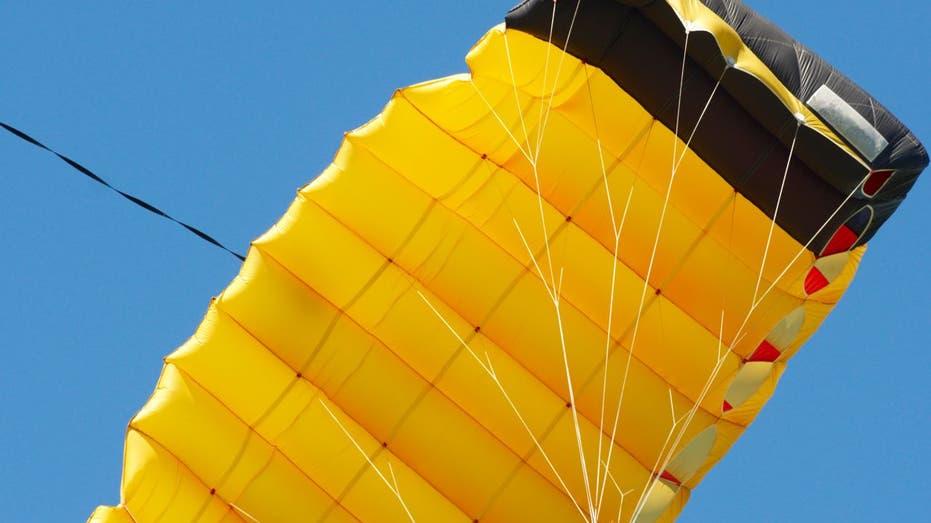

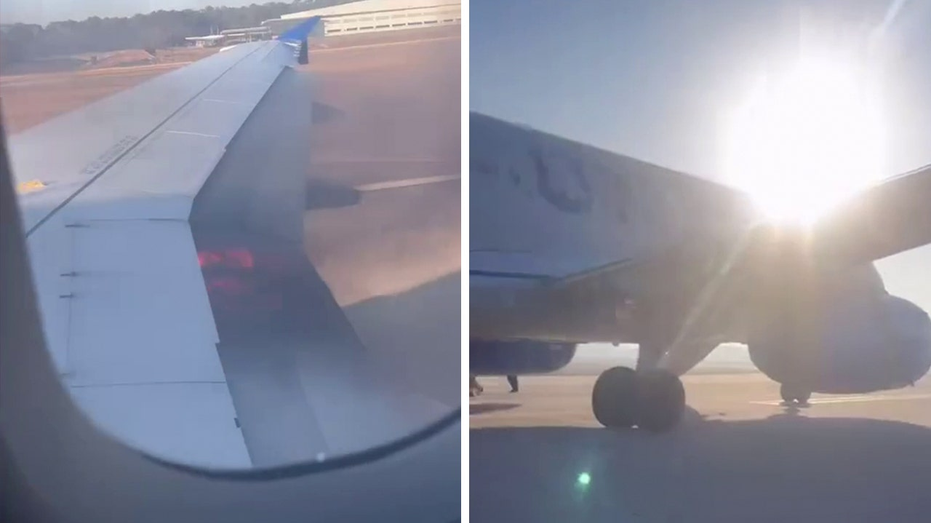




![[DEALS] iScanner App: Lifetime Subscription (79% off) & Other Deals Up To 98% Off – Offers End Soon!](https://www.javacodegeeks.com/wp-content/uploads/2012/12/jcg-logo.jpg)























